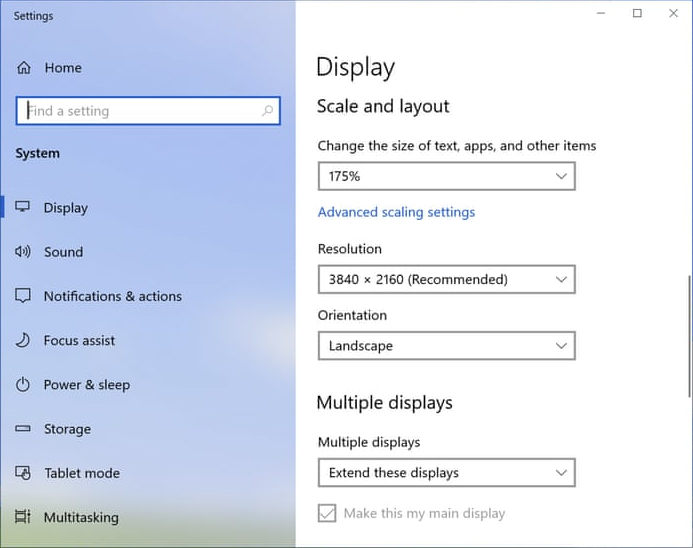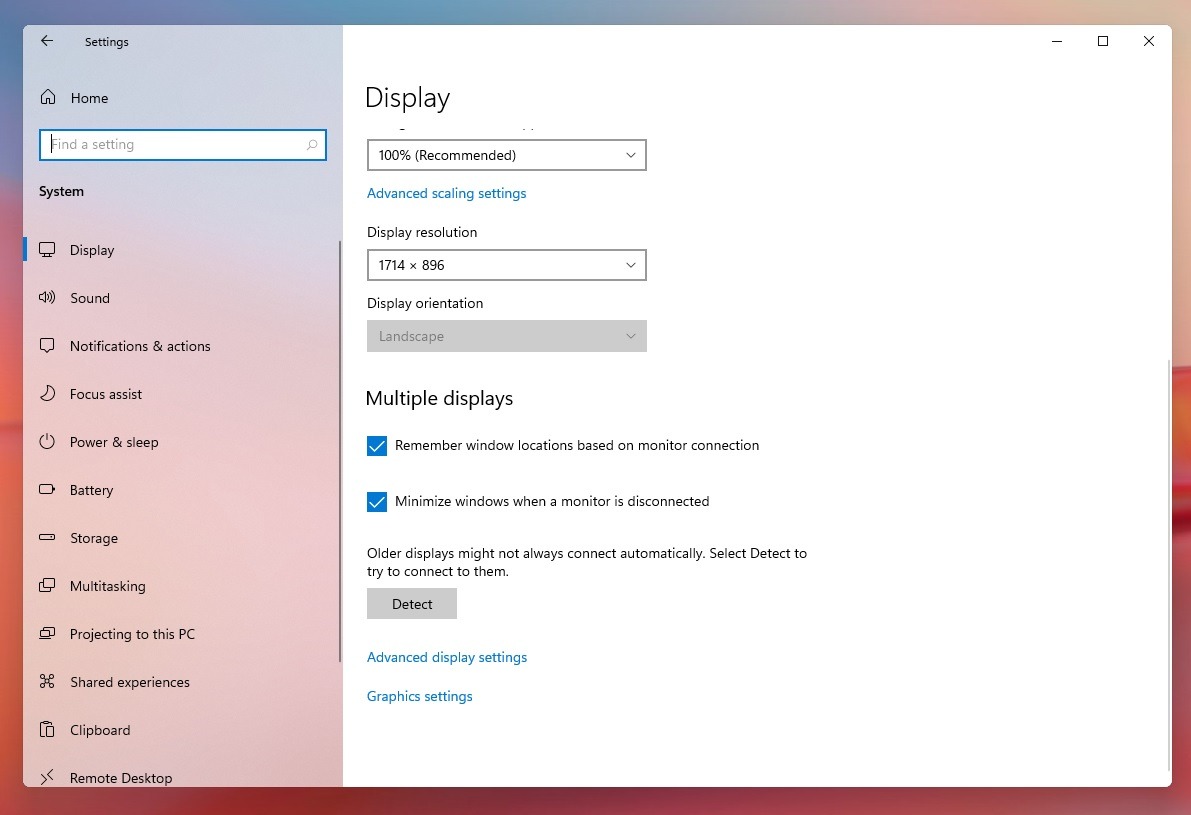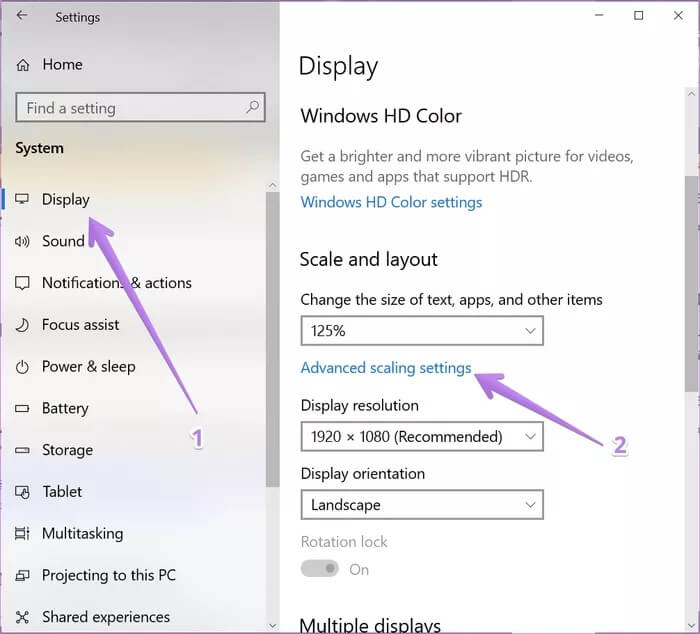
Select a resolution and click OK and then Apply. This will open a new window listing every single resolution that your display can support.In the display adapter’s Properties dialog box, select the Adapter tab, and then click List All Modes. Browse to: Start>Control Panel>Appearance and Personalization>Display.If your desired resolution is not shown in the drop-down box, scroll down to the bottom and click Display adapter properties.


Quick note: If the option is greyed out, no restore points are available.With a lower resolution all the texts and images appear larger.Search for Create a restore point, and click the top result to open the System Properties page.When you have access to the Windows 10 desktop, you can revert changes using these steps: How to Reset Display Settings to Default on Windows 10 e hindi-urdu 63.

If the computer no longer starts correctly, you can complete this task from the Windows 10 desktop or the advanced startup settings. On Chromebook, Linux, and Mac: Click Reset settings and then Restore settings to their original defaults and then Reset settings. If an error or an unknown problem occurs after installing or modifying system settings, you can use the recovery feature to apply a restore point to undo the changes and fix the issue. How to recover using System Restore on Windows 10 After you complete the steps, you should be able to undo system changes in the event that something happens while installing a new driver, or program or applying changes to the Registry.


 0 kommentar(er)
0 kommentar(er)
